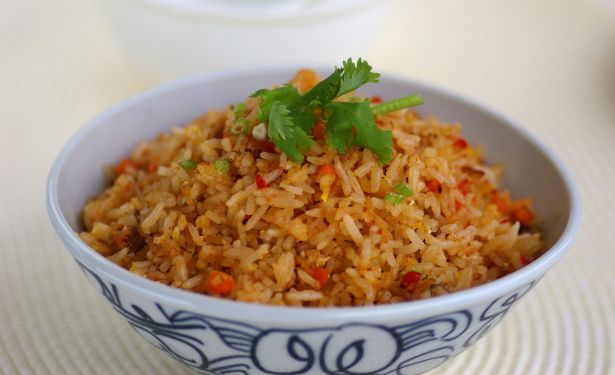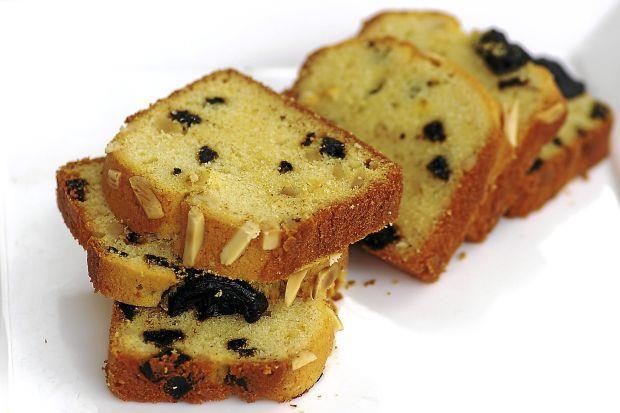Recipe Description
Otak-otak is a fish dish popular in Southeast Asia, especially in Malaysia, Indonesia and Singapore. It is believed to have originated in Palembang in Sumatra where it is grilled in banana leaf. It has evolved a bit when it came to Malaysia where it is either steamed in banana leaf or grilled in palm leaves.
In Palembang, otak-otak is light in colour and closely resembles brains, from which it owes its name. Regional evolution has also resulted in the reddish orange variations because of the addition of chillies and turmeric. Otak-otak is made with either sliced fish, mashed fish, fish paste, and sometimes with prawns or other seafood.
This otak-otak recipe is the steamed version from The Star’s Nonya Flavours cookbook that features Penang Peranakan dishes. It makes eight parcels with generous amounts of fish and custard, or more if you spread out the fish and custard.
Traditionally, a white fish such as tenggiri or mackerel is preferred, but it is also common for red snapper, grouper, kurau or threadfin, and even tongkol or skipjack tuna to be used in otak-otak.
Be sure to wilt the banana leaf before use or it will split and tear as you fold them. I prefer to toast the leaves over an open flame such as the gas stove top, or it will be ideal if you happen to have a live charcoal fire burning. You may also scald them by pouring boiling water over them, or spread them on a rack and steam them for about 2 minutes.
The process of folding the leaves is a bit hard to explain in words, so do watch the video to have a clearer idea how to construct the pyramid-shaped parcels. It’s almost like doing origami and is quite easy once you get the hang of it.
You may serve it warm with rice, or cold in a sandwich with slices of ripe tomatoes and crunchy cucumber.
Recipe Ingredient
- 500g fillet of red snapper or other white fish
- 24 daun kadok, or wild betel leaves
- 1 sheet banana leaf
- Custard:
- 2 eggs
- 250ml coconut milk
- 2 tbsp rice flour
- 4 kaffir lime leaves, finely sliced
- 1 tsp white pepper
- 1 tsp salt to taste
- 1 tbsp sugar to taste
- Spice Paste:
- 10 bulbs shallots
- 2 cloves garlic
- 5 fresh red chillies
- 8 dried chillies, soaked in 1 cup hot water
- 15g galangal
- 20g fresh turmeric
- 2 stalks lemongrass
- 20g belacan, toasted
Instructions
- Wipe the banana leaf with a wet towel to clean it of any dirt, then cut the leaf into eight 18x20cm rectangles. Toast the rectangles over an open flame until wilted, or alternatively steam or scald with hot water to soften them.
- Grind all the spice paste ingredients in an electric mill with ¼ cup of the chilli water until finely blended.
- Combine the custard ingredients in a mixing bowl, then stir in the spice paste until well mixed.
- Cut the fish into slices of about half-a-centimetre thick and divide equally into eight portions.
- To assemble the parcels, lay a piece of wilted banana leaf on a flat surface and arrange three kadok leaves in the centre. Place one portion of fish on top of the kadok leaves and pour in about one-quarter to one-third cup of custard mixture.
- Then quickly, before the custard flows out of the banana leaf, lift up the short edges of the leaf and hold them together with one hand over the centre of the custard.
- Immediately spread out one long edge of the leaf into a triangle with the free hand, bring the flaps to meet in the centre and hold them together. Tilting the leaf a little to keep the custard from flowing out, repeat with the remaining long edge, then secure with a toothpick. You should get eight pyramid-shaped parcels.
- Steam the parcels over boiling water for 10 minutes until the fish is cooked and the custard sets.
- Serve with rice or bread.









